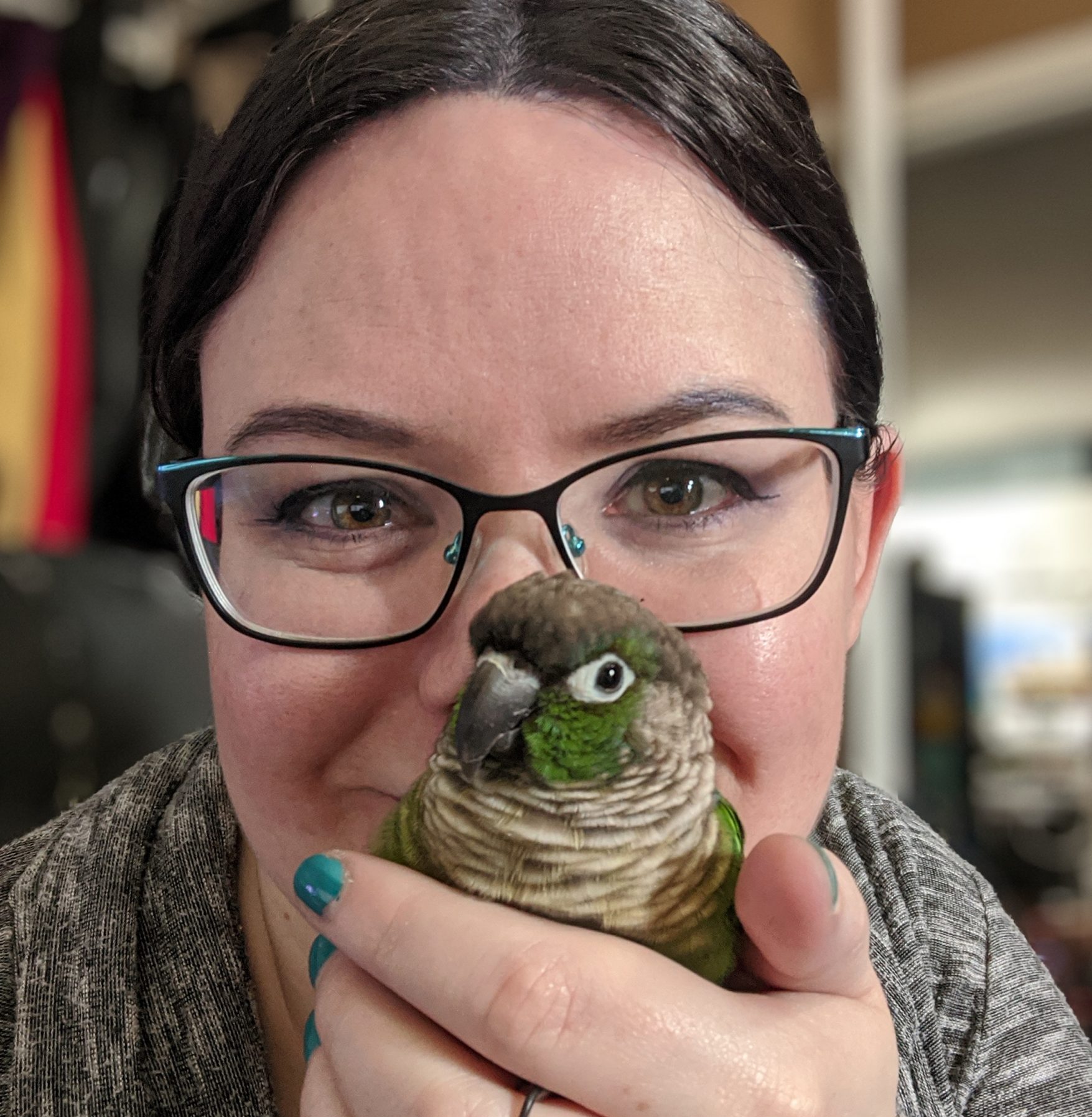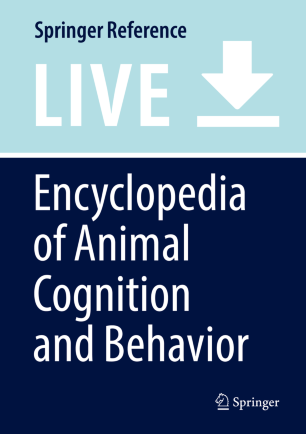Passerine Vocal Communication
Introduction
Passerines include many songbirds, a group of more than 5,000 species that engage in vocal learning, similar to how humans, cetaceans, bats, elephants, parrots, and hummingbirds learn their vocalizations (Doupe and Kuhl 1999). Passerines, in general, are commonly referred to as songbirds, but this is not entirely correct. The order can instead be broken down into the Oscines and the Suboscines. Oscines (i.e., songbirds or “true” songbirds) have highly developed song and learn their species-typical vocalizations via a model (e.g., a parent) and have dedicated brain architecture. Suboscines, however, do not require a model to learn their species-typical vocalizations and continue to produce and perceive vocalizations even with damaged auditory brain regions; however, some species do have a rudimentary vocal system, the structure(s) within the brain associated with production of vocalizations, which appears to act in the same way as in the Oscines (Kroodsma and Konishi 1991). These structures include rudimentary forms of structures like the robust nucleus of the arcopallium, which could indicate an evolutionary predecessor to a true vocal control system (see more details below; Liu et al. 2013). In North America, there is only one family of Suboscines: Tyrannidae, which includes flycatchers, phoebes, and king birds. Passerines primarily communicate using vocalizations, as acoustic signals are difficult to localize (e.g., in the presence of a predator), can travel across greater distances than visual cues, and are advantageous in dense vegetation. Passerines include a wide range of species found in both temperate and tropical climates.


Leave a Reply